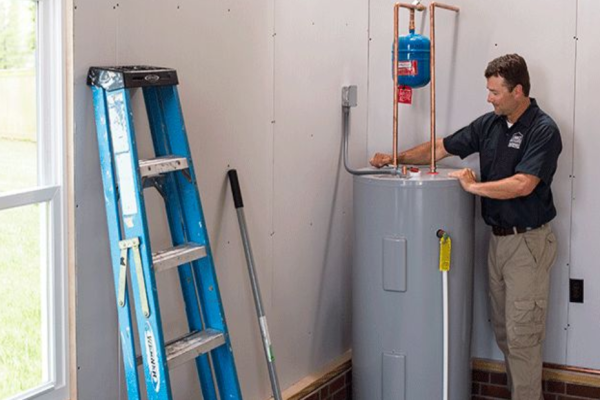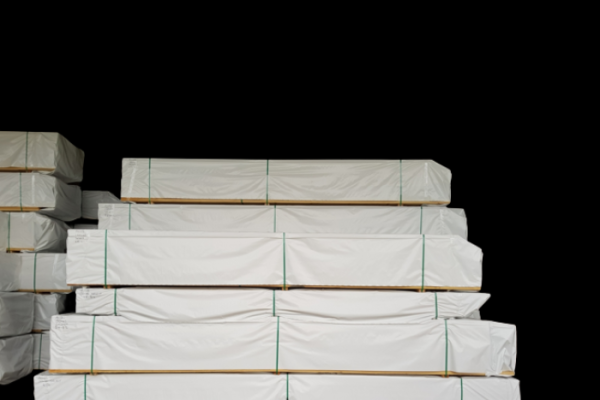You’ve been tasked with writing your company’s chemical spill cleanup safety plan—but how do you write it? Knowing what to include can be overwhelming. Here are 5 Important Things to Include in Your Chemical Spill Cleanup Plan.
This is an important document that will help your staff act appropriately in case of a dangerous chemical spill. It’s also a requirement of OSHA’s Hazardous Waste Operations and Emergency Response (HAZWOPER) training.
HAZWOPER states that all staff who must clean up industrial accidents should be properly trained and should have access to a company plan, providing them with instructions. Chemical spill containment can literally be a matter of life or death, so you need to take it seriously.
Once you know why the plan is important and what you need to include, it becomes easier to write. To learn more, keep reading to find five key items to include in your cleanup plan.
- Identify All Hazardous Chemicals On-Site
If there have been chemical spills in the workplace, it’s essential to first know what type of chemicals are present. Not all chemicals can be cleaned up in the same way, so you need to be aware of what chemicals are present.
As part of your cleanup plan, include a section that details all of the chemicals stored on location, even ones that are mild. Include information on exactly where they’re stored too, as this makes it easier to know which ones have spilled.
For each chemical, include details on what should be done in case of human contact with the chemical, how it can be cleaned, and a list of other chemicals that it can’t interact with.
Of course, you’ll need to take great care to store your chemicals correctly, ensuring they’re labeled and in the right environment. Train staff members regularly in the safe handling and use of chemicals.
This will help keep them safe, but will also help prevent spills and accidents.
- Include an Emergency Action Plan
A chemical spill emergency action plan is an important addition to your plan. An emergency action plan outlines all the steps that you’ll take in case of an emergency, such as a dangerous chemical spill.
The emergency action plan, or EAP, should include incident report forms, evacuation procedures, emergency contacts, and chain of command. This is not a plan that can be written and then forgotten—it’s a live document that needs to be updated, with staff familiar with its contents.
Your plan should also include how to remove waste, how to properly handle chemicals to avoid accidents, and any other key details that are relevant to your business.
- Space for Detailed Notes After an Emergency
Incident report forms are important for several reasons. If a staff member is injured, an incident report might be needed to send to the OSHA, your insurer, or to your company’s HR department.
In your cleanup plan, you’ll need to include a form that can be used to report accidents. There should be spaces to record the date, time, and location of the accident.
Plus, you’ll want statements from those involved, including any witnesses who saw the accident. Any other information that would be important from a legal or HR perspective should also be included.
Any spill or accidents that happen in the workplace should always be recorded—it’s an essential part of workplace safety. Learn from mistakes as well, so treat every chemical spill as a learning opportunity to improve on staff training and education.
- Prepare a Risk Assessment
Your cleanup plan isn’t just about cleaning—it’s also about preventing. Prepare a risk assessment plan that will reduce the risk of chemical spills happening within your workplace.
All industries and businesses can benefit from a risk assessment plan. Plus, it might be required by your insurance company.
To create a risk assessment plan, you need to list all of the possible risks involving chemicals in your company. This could include everything from an accidental spill to employee theft.
Then, rank your risks, working out which ones have a high likelihood of occurring and which have a low likelihood. For risks that are highly likely to happen, develop mitigation strategies to prevent the risks from happening.
- Details on Your Cleanup Kits
Your cleanup plan should also outline how spills can be cleaned up. Ideally, any staff member should be able to pick up your plan and use it to learn how to clean up each type of spill.
Include details on where your cleanup kits are located and how staff can use them safely.
Your chemical kits will vary, depending on the chemicals you have on-site. They include gloves, protective clothing, respirators, fire extinguishers, and all necessary cleanup materials.
Details on where and how chemicals can be disposed of are also important.
Prepare Your Chemical Spill Cleanup Plan With These Tips
If you want to keep your workplace and employees safe, it’s mandatory to have a chemical spill cleanup plan. Using the tips above, start drafting your plan.
Take the time to consider everything that needs to be included. It can help to draft the plan in a team as well, as multiple sets of eyes ensure that nothing is missed.
Get started today and you’ll be on track to helping your company stay safe. Accidents happen, but you need to know what to do in case of emergencies!
Did you find this article helpful? If so, please keep reading to find more informative content.





